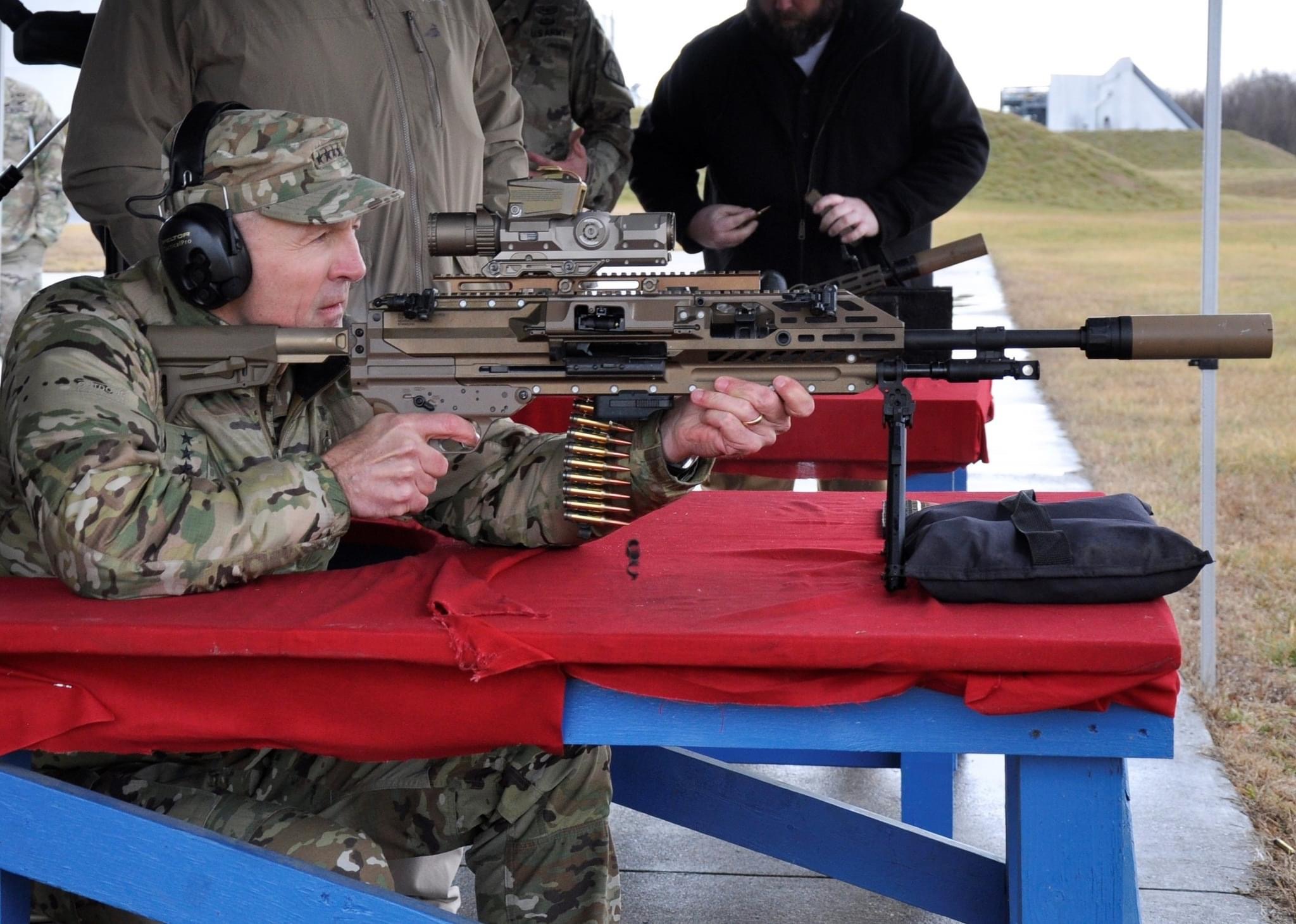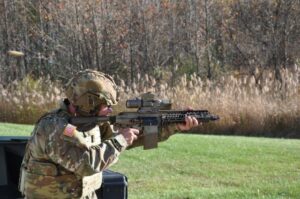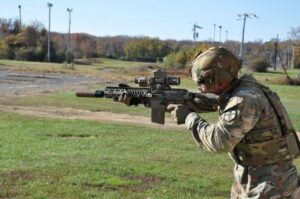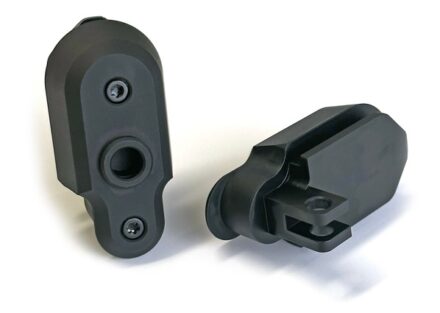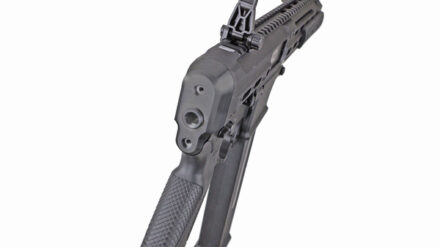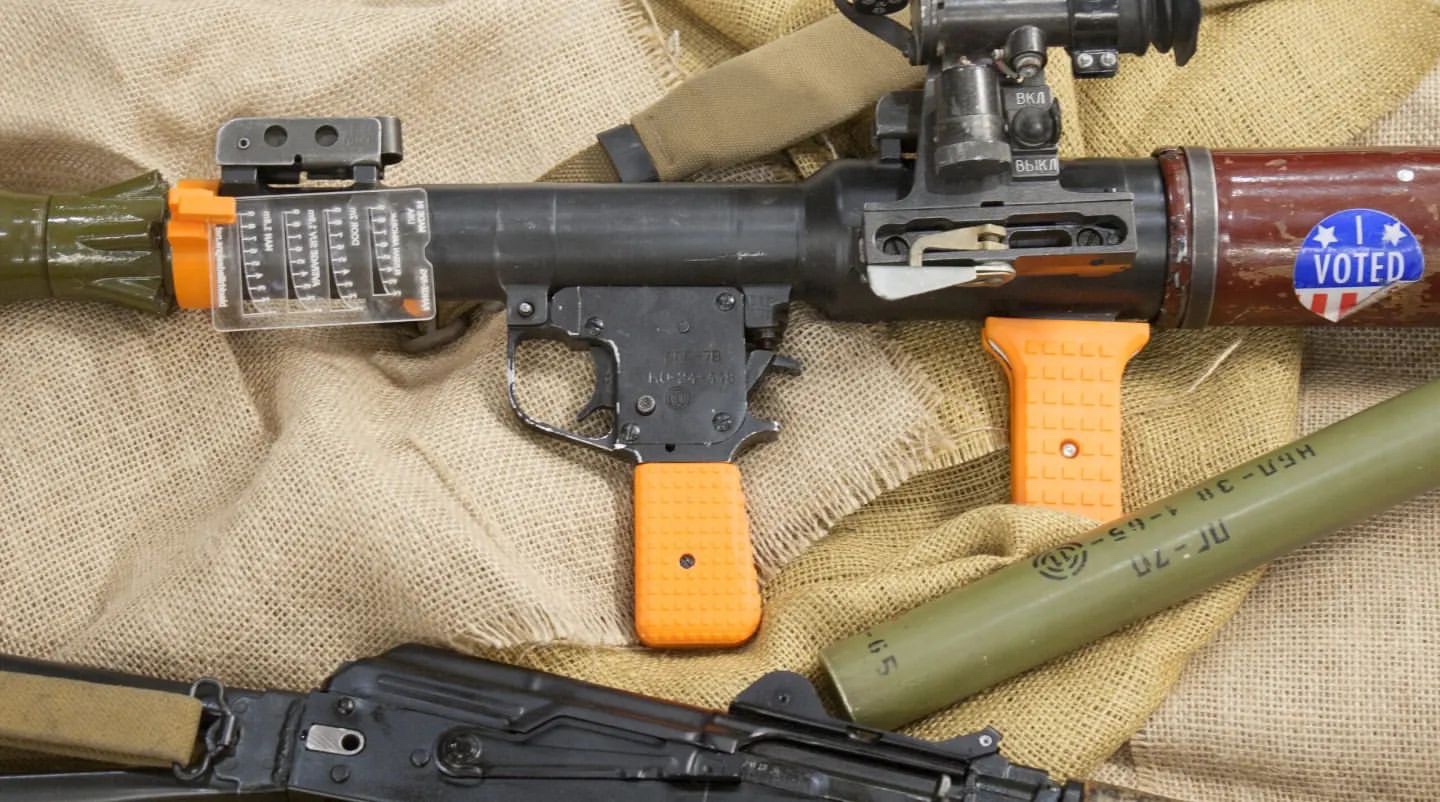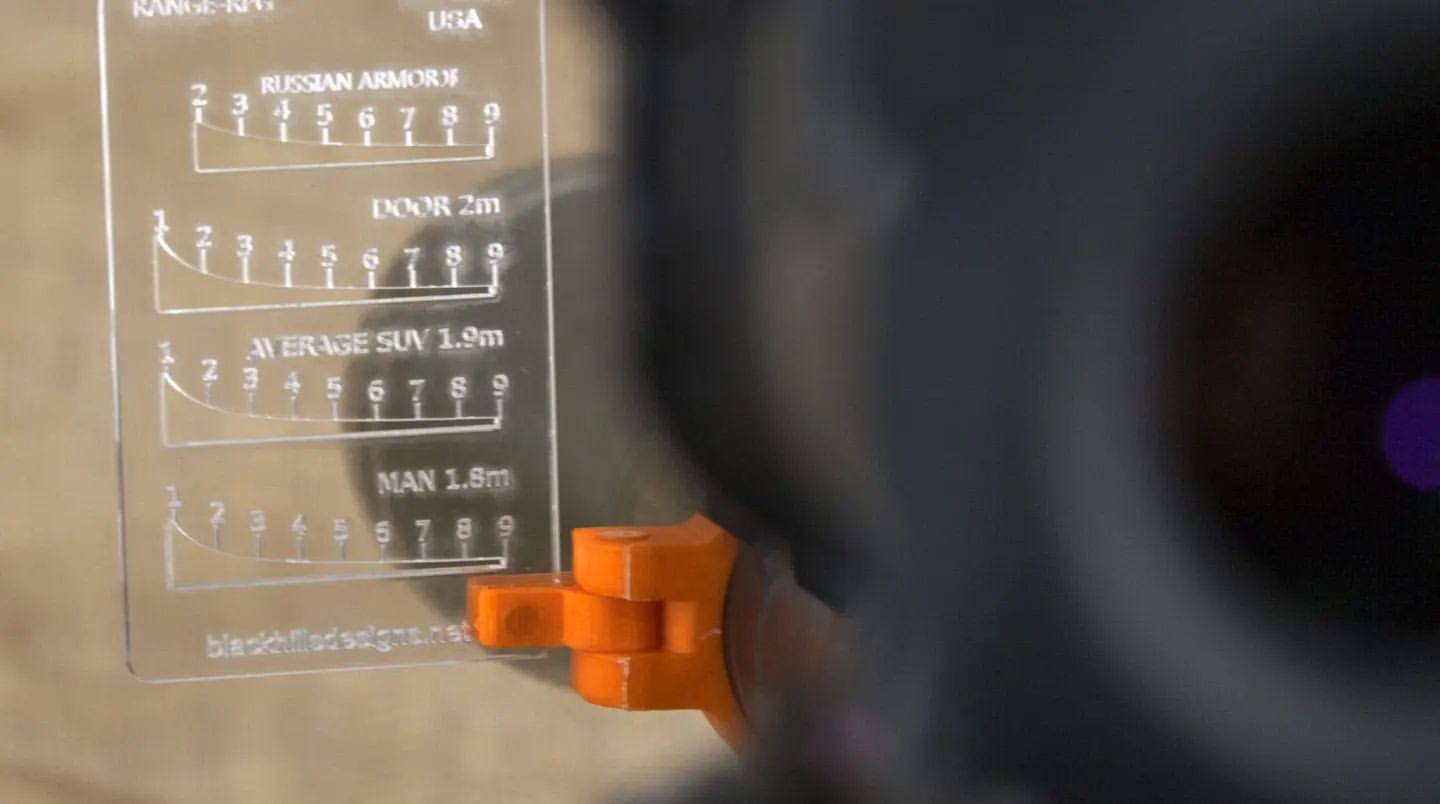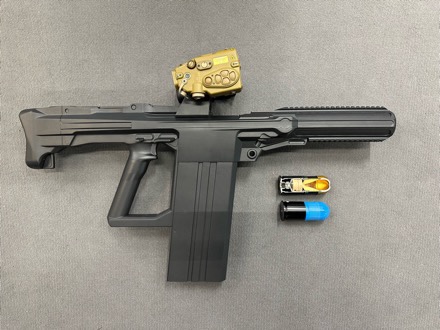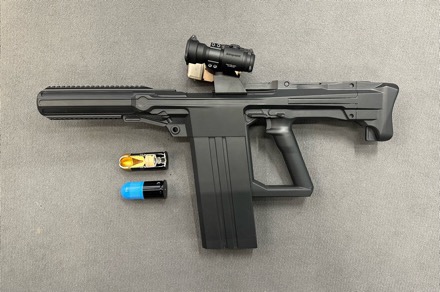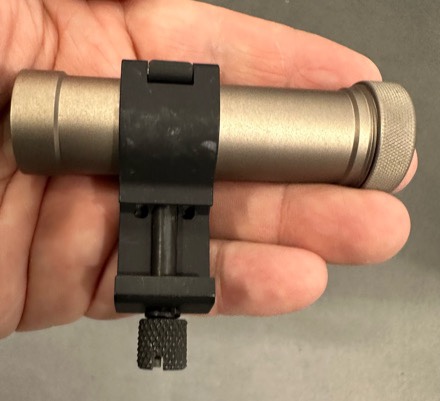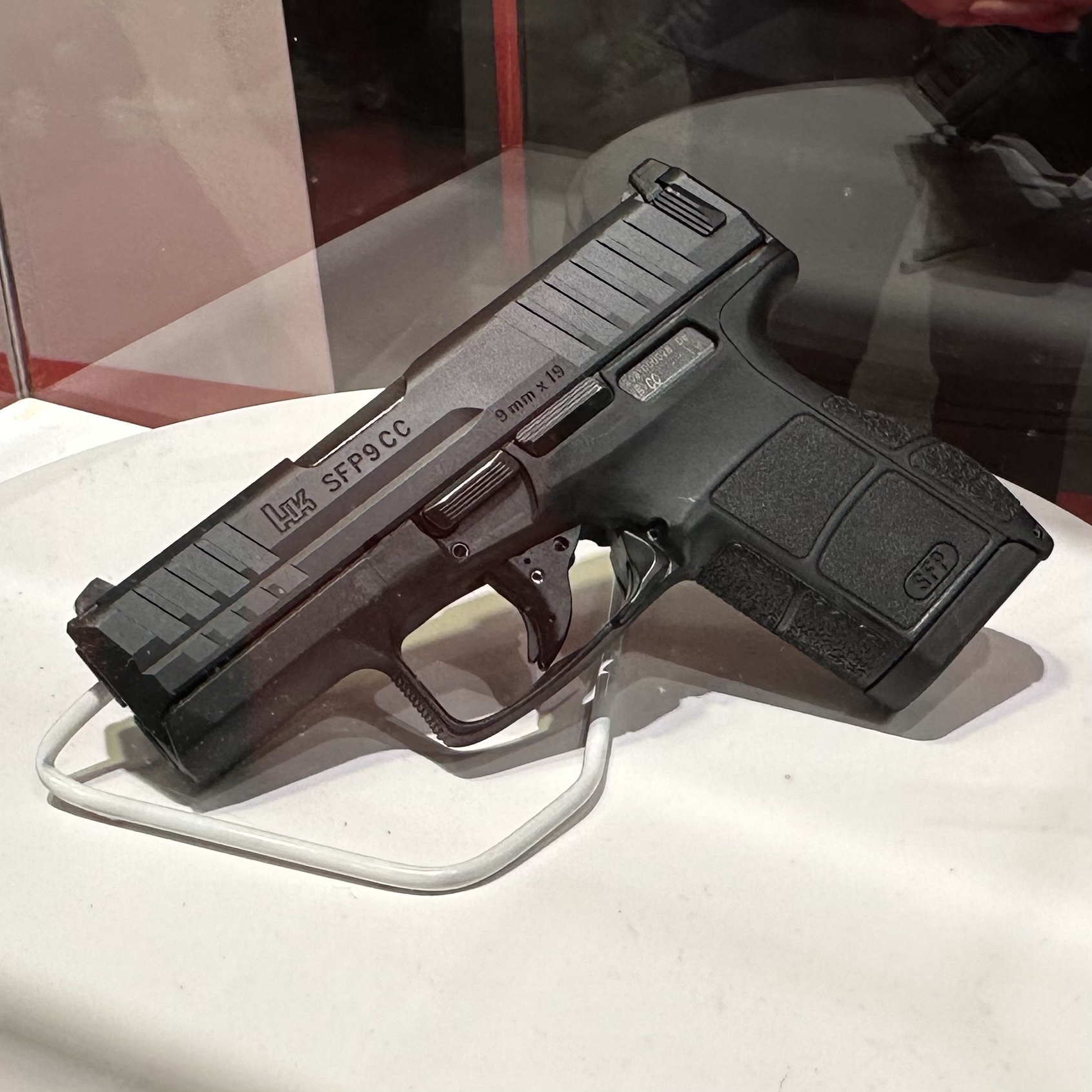Introducing the FN Reflex Micro Compact 9mm Pistol(McLean, VA – April 11, 2023)
FN America, LLC redefines the micro compact pistol segment with the release of the
FN Reflex™ and
Reflex MRD 9mm pistols, giving concealed carriers the ability to respond instinctively with speed and control. The FN Reflex sets a new standard in the world of everyday carry with its light and crisp 5-pound single-action-only (SAO) trigger, optics-ready capabilities and cold hammer-forged barrel for enduring accuracy.
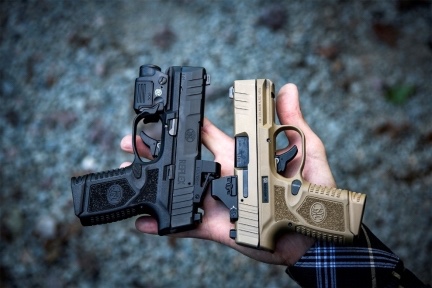
The FN Reflex is a slim, one-inch micro compact that puts 27 rounds at the ready with the included 11-round and 15-round magazines. With its advanced ergonomics and stippled frame texture, concealed carriers have unmatched control over recoil in an extremely small pistol. A revolutionary fire control group with an internal hammer produces the best trigger feel in a micro compact pistol. Paired with the cold hammer-forged barrel and factory-milled slide for an MRD, the FN Reflex produces match-grade accuracy from a micro compact pistol that is incredibly easy to shoot and conceal. The pistols are available in both standard and MRD (micro red dot) configurations as well as both black and flat dark earth (FDE) finishes.
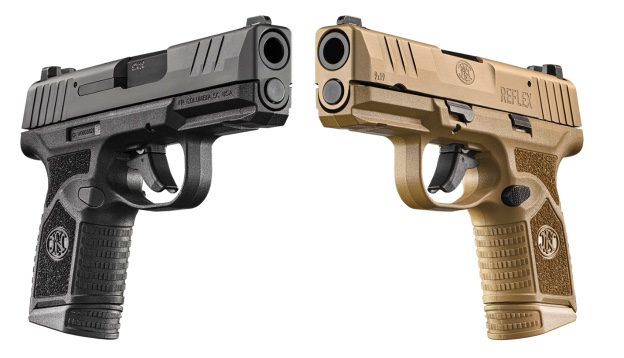
“Innovation is at the core of FN’s product development efforts. We aspire to push beyond the status quo to deliver products that provide meaningful improvement over the existing landscape, and we feel we’ve accomplished this with the FN Reflex,” said Mark Cherpes, President and CEO for FN America, LLC. “Our customers now have a firearm they can trust to perform when seconds count, that is backed by a quality promise rooted in our battle-tested heritage.”
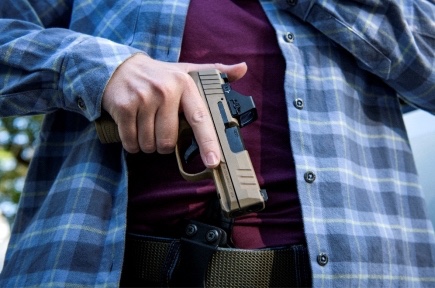
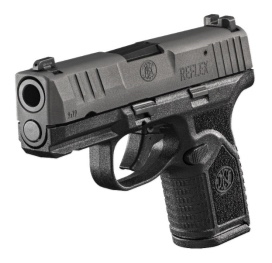 To meet the needs of this growing market segment, the FN Reflex features an internal hammer design that delivers an impressive, best-in-class trigger in terms of overall feel and pull weight. Upon handling, customers will immediately notice that the trigger has a consistent take-up to the wall with a crisp break at approximately 5 pounds. Aside from the incredibly smooth trigger, the internal hammer design also allows for reduced slide racking force and the ability to disassemble the pistol without pulling the trigger that make the FN Reflex easy to manipulate and safe to maintain. Lastly, multiple redundant safeties within the fire control make the FN Reflex an extremely safe and reliable concealed carry pistol.
To meet the needs of this growing market segment, the FN Reflex features an internal hammer design that delivers an impressive, best-in-class trigger in terms of overall feel and pull weight. Upon handling, customers will immediately notice that the trigger has a consistent take-up to the wall with a crisp break at approximately 5 pounds. Aside from the incredibly smooth trigger, the internal hammer design also allows for reduced slide racking force and the ability to disassemble the pistol without pulling the trigger that make the FN Reflex easy to manipulate and safe to maintain. Lastly, multiple redundant safeties within the fire control make the FN Reflex an extremely safe and reliable concealed carry pistol.
“The concealed carry 9mm pistol category is the fastest growing pistol segment in our industry because more and more people are taking their personal protection seriously. But their choices have been limited to a few options, until now,” said Chris Cole, Vice President of Sales and Marketing for FN America, LLC. “With the release of the FN Reflex and Reflex MRD, consumers have a new choice that embraces future-forward concealed carry technology. It is the first micro compact handgun to solve the tradeoffs for accuracy, deep concealment and max capacity, which consumers have often compromised on in the past. We’re confident this new pistol has set a new standard for everyday carry.”
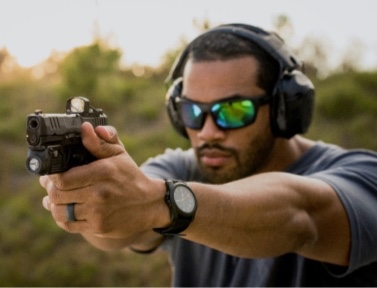
The FN Reflex is capable of achieving match-grade accuracy from its a 3.3-inch cold hammer-forged barrel, which is housed within a 6.2-inch slide that has front and rear cocking serrations for easy slide racking and press checks. Both models are configured with three-dot iron sights with a tritium front night sight that aids in low light sight acquisition. Micro red dot (MRD) models have a factory-milled slide to direct mount a micro red dot in a few minutes. The optics mount features a top plate that is removed to install a micro red dot and includes mounting screws. The optic mounting system is compatible with the Shield RMSc, Holosun K-series and is capable of accepting more than six micro red dot optics with similar footprints. Configured with the smallest optics, the FN Reflex MRD is extremely low profile, making deep concealment even easier with reduced snag points under cover garments.
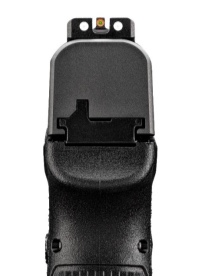
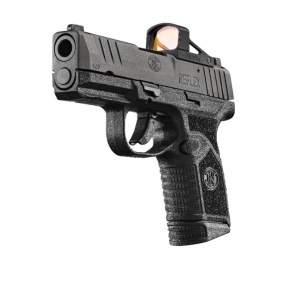
“What sets Reflex apart results from FN’s approach to development,” said John Ryan, Director of Product Management for FN America, LLC. “Our team studied the impacts of user interface and ergonomics on the overall shooting experience as an important part of this project. The result is a slim 1-inch-wide micro compact pistol that fits comfortably in the hand, with an easy to rack slide, and excellent trigger. The use of multi-faceted texturing anchors the gun to your hand during fire. And the overall low bore axis of Reflex further reduces felt recoil making this incredibly small pistol easy to conceal, control and shoot accurately.”
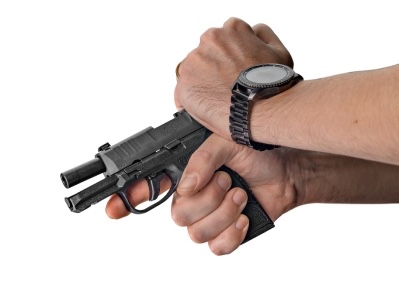
The FN Reflex boasts impressive ergonomics from its slim, 1-inch-wide grip frame and controls that have been optimized for everyday carry like the oversized slide lock and low-profile, reversible magazine release. With a grip angle and profile that have been specifically designed to deliver a natural point of aim, enabling faster sight acquisition and match-grade accuracy. The pistol’s frame also features an aggressive in-mold stippled texture in the palm swell that locks the pistol into the hand along with vertical scale-like texturing on the front and back straps that prevent the pistol from rocking back and forth under recoil. Contributing to the controllability of the FN Reflex is the extremely low bore axis that works together with the grip profile, angle and texturing to make the reflex an incredibly controllable micro compact pistol that is enjoyable to shoot, train with and carry.
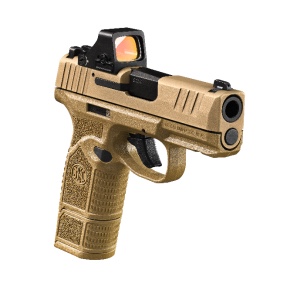

“Aside from delivering a micro compact pistol with optimized dimensions for concealed carry and advanced ergonomics for control and shootability, our team chose to develop a best-in-class trigger with a clean, 5-pound crisp break. And the FN Reflex’s trigger is exceptionally good for the category with its smooth take-up and roughly 5-pound break,” said Chris Johnson, Senior Pistol Product Manager for FN America, LLC. “All in, we’ve delivered a 9mm micro compact pistol purpose-built for the concealed carry buyer with impressive ergonomics, extended capacity, a great trigger and with optics capabilities that is easy to control and shoot well. We’re extremely proud of what we have developed with the FN Reflex.”

The Reflex ships with two magazines included in the box, giving the user an onboard capacity of 26 rounds plus one in the chamber when all magazines are fully loaded. The 11-round magazine is outfitted with a pinky extension that enables most users to get a full hand grip on the frame, providing just enough space for the pinky finger to rest comfortably. The 15-round extended magazine features a grip sleeve with the same aggressive in-mold stippled texture and extends approximately one inch from the bottom of the frame, allowing for a fuller grip and more recoil control when fired. All FN Reflex pistols also ship with one flush-fit baseplate should consumers wish to swap out the pinky extension of the 11-round magazine for an even lower profile that reduces the likelihood of printing under cover garments.
 Along with the release of the pistols, FN has developed and launched an ambidextrous inside-the-waistband holster for the FN Reflex and FN Reflex MRD. With a thin profile for IWB concealment, the injection-molded holster provides complete retention and immediate access. Adjustable for retention, belt clip cant and left-or-right-hand use, this new holster matches the versatility of the FN Reflex in a design customized for concealment. The IWB Reflex holster is available for purchase through the FN eStore and other authorized retailers.
Along with the release of the pistols, FN has developed and launched an ambidextrous inside-the-waistband holster for the FN Reflex and FN Reflex MRD. With a thin profile for IWB concealment, the injection-molded holster provides complete retention and immediate access. Adjustable for retention, belt clip cant and left-or-right-hand use, this new holster matches the versatility of the FN Reflex in a design customized for concealment. The IWB Reflex holster is available for purchase through the FN eStore and other authorized retailers.
See the FN Reflex and Reflex MRD at the FN Booth (Booth 5450) at the 152nd NRA Annual Meetings. The convention, hosted at the Indiana Convention Center in Indianapolis, Indiana, will take place April 14-16, 2023. To learn more about the FN Reflex and Reflex MRD, please visit fnamerica.com/reflex.
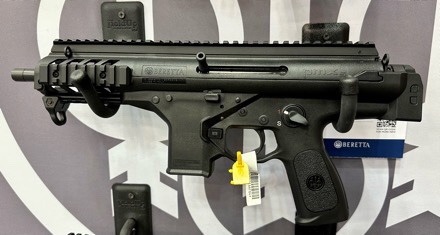
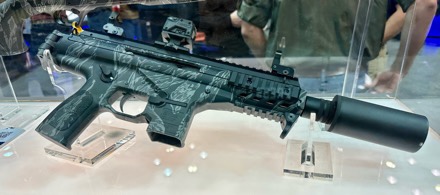







 To meet the needs of this growing market segment, the
To meet the needs of this growing market segment, the 






 Along with the release of the pistols, FN has developed and launched an ambidextrous inside-the-waistband holster for the
Along with the release of the pistols, FN has developed and launched an ambidextrous inside-the-waistband holster for the 